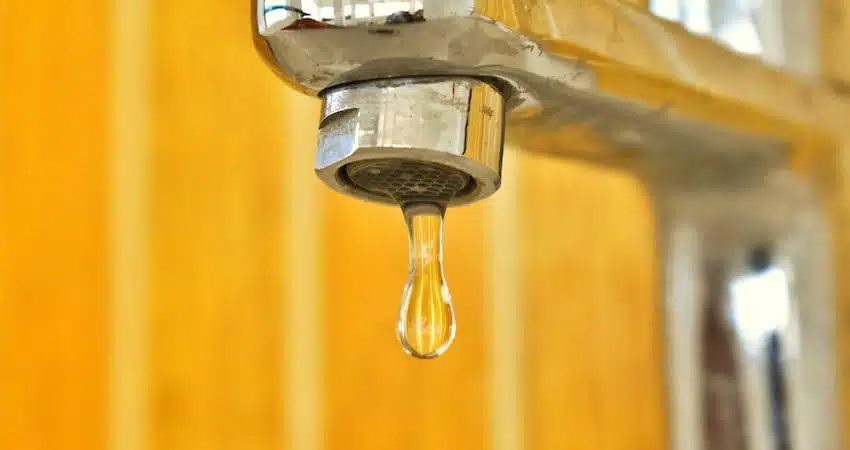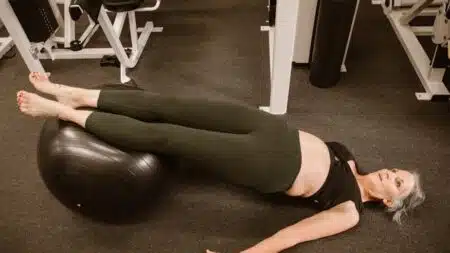Do you dread laughing out loud or jumping into your workout class, worried that even a small chuckle or squat could lead to embarrassing wetness? You’re not alone. Urinary leakage impacts millions of women – and men too – often getting worse over time. But contrary to what many experience, incontinence is not an inevitable result of childbirth or aging. Regaining confidence and freedom is possible with straightforward solutions. This guide will overview key causes of leaks, when to seek expert help, and practical measures you can take, so you can live actively without constant bathroom trips or pads.
What is Leakage?
Leakage refers to the unintentional loss of urine, gas, mucus, or stool. Several types of urinary incontinence occur:
- Stress incontinence – Urine loss when pressure increases in the abdomen and pelvis, like during coughs, laughs, lifting, or exercise. This is the most widely experienced type of leakage.
- Urge incontinence – Sudden, intense urges to urinate leading to accidents before reaching the bathroom.
- Mixed incontinence – A combination of stress and urge types occurring.
- Overflow incontinence – Associated with difficulty fully emptying the bladder. Leaks typically involve smaller volumes.
- Functional incontinence – Having “normal” bladder control but still experiencing urine loss due to factors like poor mobility preventing bathroom access fast enough.
Though exact numbers vary by study, most experts estimate 1 in 4 women deal with bothersome leakage. For various reasons, including embarrassment and misconceptions, up to 75% never seek proper help. But you don’t just have to “live with” leaks or plan activities around knowing all bathroom locations.
What Causes Leaks?
Maintaining bladder and bowel continence relies on intricate coordination between the pelvic floor muscles, abdominals, nerve pathways, brain signaling, and additional support structures in the pelvis. When any part of this finely tuned system weakens or sustains damage, problems can develop.
Common causes include:
- Pregnancy and vaginal childbirth. Stretching of tissues during delivery often damages pelvic floor nerves/muscles. Factors like length/size/positioning of the baby and if forceps were used influence the degree of trauma.
- Menopause and hormonal changes. Declining estrogen thins the bladder lining and other pelvic tissues. Dryness and reduced flexibility cause irritation. Lower testosterone levels in aging males also plays a role.
- Increased abdominal pressure. Repeated straining from constipation, chronic coughing or some exercise/movement patterns overly stress pelvic floor tissues. Obesity is a key risk as extra belly weight enhances pressure.
- Aging itself. Over years of wear and tear, gradual nerve injury and tissue weakening occur. Bladder capacity can also diminish with time.
- Infections and irritants. UTIs, yeast infections or sensitivities to ingredients like caffeine, artificial sweeteners or citrus fruits provoke urgency signals.
Getting a Proper Leak Assessment Matters
Because numerous diverse factors and various types of leaks occur, having thorough evaluation is crucial before initiating treatment. A detailed history, specialized testing methods, possible bloodwork and other diagnostics allow key determinations like:
- Which form(s) of incontinence are occurring? Stress, urge, and overflow leakage each have very different mechanisms and treatments. Checking urine volume and diaries of leakage events provides clues to type.
- Pelvic floor muscle condition? Are these muscles weakened or overactive/painful? Coordination ability? What exercise intensity and posture/movements trigger leaks?
- Could nervous system damage or hormonal/tissue changes be contributing elements? Pinpointing relevant sites of compression like restricted nerves or banding of connective tissue often proves valuable.
- Ruling out possible bladder infections or irritation, vaginal atrophy, constipation, spinal nerve impingements or other symptoms that could perpetuate leakage.
Conservative Therapies Provide Hope
The fantastic news is most types and causes of leakage, even long term, respond very well to non-invasive, non-surgical treatment. Having proper expert guidance not only reduces current bothersome symptoms, but importantly, facilitates preventing progressive worsening years later.
Conservative therapies target root causes using corrective exercise/movement training, breathing reeducation, digestion/waste elimination strategies, lifestyle modifications, and use of external supports if helpful. Examples include:
Pelvic Floor/Core Rehabilitation Exercises
- Strengthen weak muscles
- Restore flexibility to shortened, tense tissues
- Re-coordinate dysfunctional firing patterns
- Neuromuscular re-education for muscle memory
- Improve endurance and quick contraction ability
Posture/Breathing/Movement Retraining
- Strategies to decompress instead of increase load on the pelvic floor
- Reduce positions/activities that trigger leakage
- Improve lumbo-pelvic stability for dynamic activities
- Match inhales/exhales to phases of movement
Dietary Modifications
- Identify and avoid bladder irritants like caffeine, artificial sweeteners, MSG or citrus fruits
- Prevent or relieve constipation
Bladder/Bowel Habit Retraining
- Resolve urgency signaling leading to leaks
- Restore normal frequency/volume bathroom habits
- Overcome fear of leaks that prevents bladder filling
Getting Extra Support as Needed
If dedicated participation in thorough conservative care for at least 3 months does not achieve the desired reduction in leakage frequency/volume, then more invasive and riskier options may merit consideration. These include:
- Medications – Muscle relaxants, anti-spasmodics, estrogen creams
- Injections – Botox, bulking agents to “tighten” the urethral or anal opening
- Medical devices – Urethral inserts to add compression support, pessaries to lift fallen pelvic organs
- Surgery – Synthetic mesh slings, anterior/posterior repair, sphincter augmentation
Never Accept Leakage as “Normal”
Being told incontinence is inevitable after pregnancy and delivery or just “part of aging” is an all too common experience many women receive. However, no one should accept reduced quality of life as mandatory. Yes, having babies through the vaginal canal poses anatomical risks. And indeed, advancing age combined with cumulative life factors make leakage more likely.
But the female body possesses extraordinary healing and regenerative capacities given the right input and environment. Plus pelvic health rehab provides uniquely targeted training stimuli based on intricate anatomical knowledge most clinicians lack. Bottom line – for the majority of cases, significant improvement or full recovery of bladder/bowel control can be achieved at any age without drugs or surgery. But consistency with thorough conservative care is vital.
The Keys are Proper Diagnosis and Early Intervention
Getting precise identification of all contributing factors to leakage via advanced diagnostic testing allows creation of individualized, progressive rehab programs. Research confirms incorporating conservative treatment early on, when symptoms first develop, enhances outcomes long term.
The main takeaway is leakage should never be disregarded as an inevitable nuisance or just “part of life.” Seeking out properly trained pelvic floor experts brings the chance to overcome incontinence, regain confidence for staying active, and prevent future worsening in mother, baby, and all bodies.



